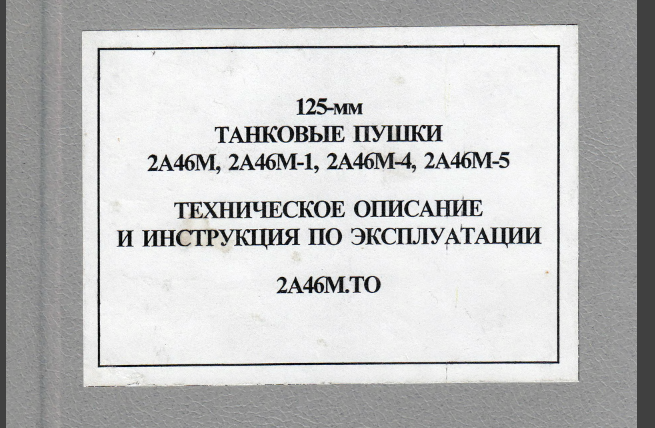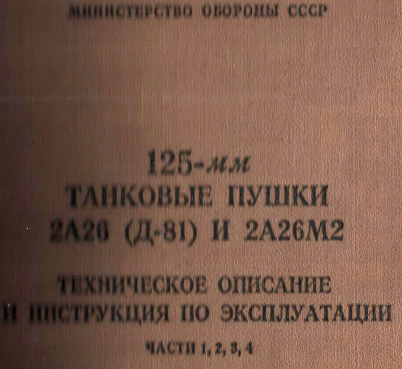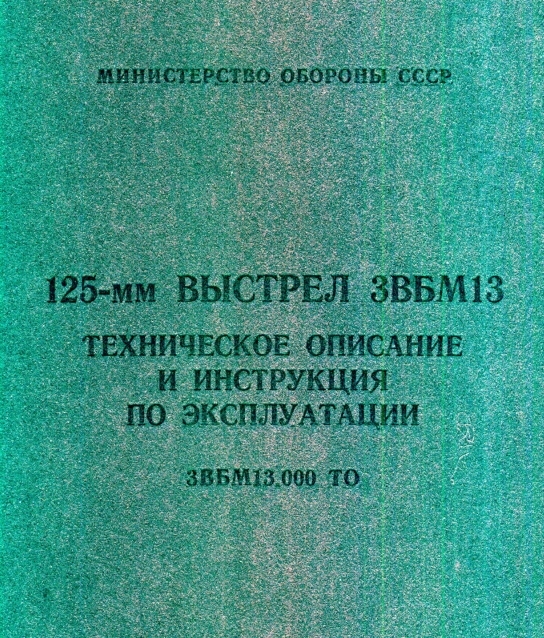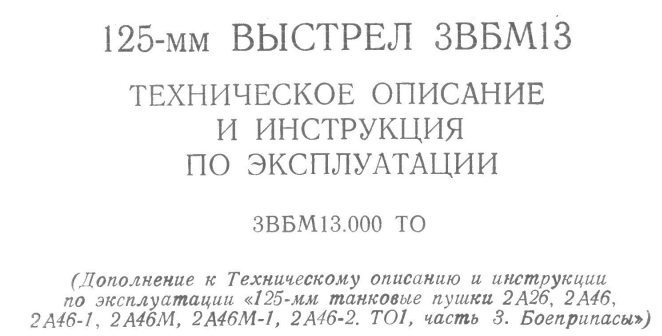Ha ez az
összes 125mm-es lövegre vonatkozik, akkor szabad érdeklődnöm, hogy miért van háznyi betűkkel a
2A46TO1 odaírva? Csak nem azért, mert mindegyiknek van egy külön könyvecske, de a 2A46 változatoknál ez a mérvadó, mert mind bírják -igaz különböző mértékű kopással- az akkor meglévő lőszereket?
illetve pl ilyen utasítás mért létezik?:
Azért utalnak vissza a 46M utasítások az 46 eredeti utasítására, mert mind a 46 mind a 46M képes ugyanazokat a lőszereket használni (akkoriban). Ellenben a 2A26 már 3VBM11 felett nem bírja a gyűrődést.
A 2A26-hoz is van külön utasítás. Abból csak 1974-est találtam feltöltve, de gondolom ehhez is voltak javítások meg újrakiadás később is. (Érdekesség, ebben nincs említve a BM15 - akkor az sem létezett 74-ben?

)
Amúgy a dogmatikus dátumozás szempontjából érdekes:
Utasítás megíródott 73 nyarára, nyomtatását 74 nyarán engedélyezték. Akkor 72-73-ban míg ez íródott, mindent ami benne van csak polcra raktak, hogy
"Álj Szerjózsa, nincsen utasííítáááás!" ? 
Ahogy jöttek az új lőszerek, adtak ki hozzájuk füzeteket a "nagy" utasítás javításaként, hisz minek egy egész könyvet újranyomtatni, mikor ugyanazt el lehet érni egy, az új lőszert leíró füzettel. Pl itt van a 3VBM13 (BM32) füzete:
Ezt mégis honnan szűrted le? Azért, mert a 88-as nyomtatású
utasításban van benne? Láttad az előtte nyomtatott utasítást? Tudod biztosra, hogy nincsen külön kiadott füzet?

Nem olyan meglepő, a JuGV a GSzVG levetett, nagyjavításra küldött gépeit kapta meg, mikor azokat a GSzVG újabb gépekre cserélte.
T-64B X km-es nagyjavítására elhagyja mondjuk... Lipcsét
- ezrede megkap egy T-80ast. Az immár árva nagyjavított T-64B évtől függően vagy javított állapotban, vagy T-64BV-vé avanzsálódva elindul Magyarországra az új gazdájához.



















